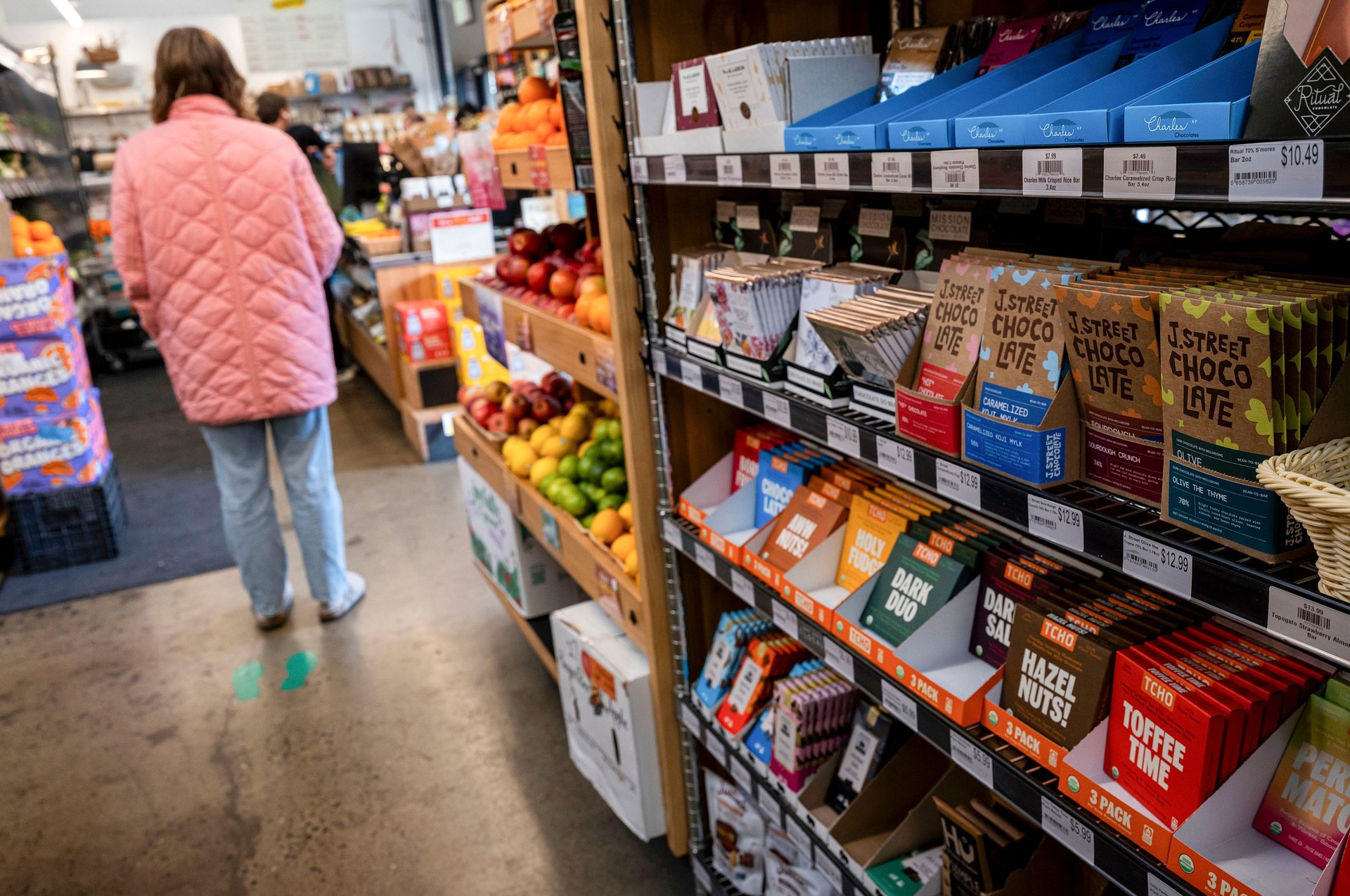Inflation heated up again in January — and more Trump tariffs are looming
The consumer price index rose at an annualized 3% rate last month, higher than expected as sticky inflation complicates things for the Federal Reserve

Suggested Reading
CPI rose 0.5% last month, after rising 0.4% in December, the Bureau of Labor Statistics reported Wednesday. That’s more than the the 0.3% increase expected by Wall Street, according to estimates compiled by FactSet (FDS).
Related Content
Core inflation, excluding volatile food and energy, increased 0.4% in January, the BLS said, while analysts had expected a 0.3% increase compared to a month earlier. Year-over-year, core inflation rose 3.3%, while analysts had expected core inflation to fall to 3.1% from 3.2%.
The Dow Jones Industrial Average and other major stock market indexes fell Wednesday morning following the news. The Dow dropped 450 points, or 1%, shortly after markets opened. The S&P 500 and the Nasdaq each fell about 0.8%
After three straight meetings that resulted in cuts, the Federal Open Market Committee (FOMC) last month decided to keep the benchmark federal funds rate at 4.25%-4.50%. In the final months of 2024, the FOMC slashed rates by a full percentage point.
Fed Chairman Jerome Powell, who testified before Congress this week to deliver his annual report on monetary policy, recently said that the central bank would need to see “real progress” on inflation or weakness in the labor market before making adjustments. “We do not need to be in a hurry to adjust our policy stance,” he told reporters on Jan. 29.
Last week, the BLS reported that unemployment for January fell slightly to 4.0% from 4.1%, with nonfarm payrolls climbing just 143,000, below the Street’s expectations. But the agency also announced an upward revision of nonfarm payrolls for November and December by a collective 100,000 jobs.
Looming behind the U.S. economy is the threat of President Donald Trump’s tariffs, which have already initiated a trade war with China. Additional tariffs are set to hit Canadian and Mexican imports in March, while universal duties on steel and aluminum are also in the works.
“While we remain cautiously optimistic in early 2025, we see much more downside potential this year than we have in the prior two years and believe now is a time for caution and a dialing back of risk-taking,” Chris Zaccarelli, chief investment officer at Northlight Asset Management, said last week, pointing to tariffs as a concern.
Investors will get a look at the producer price index on Thursday morning, followed by the U.S. import and export price indexes on Friday. Both can have major implications for Wall Street and the overall U.S. economy.
